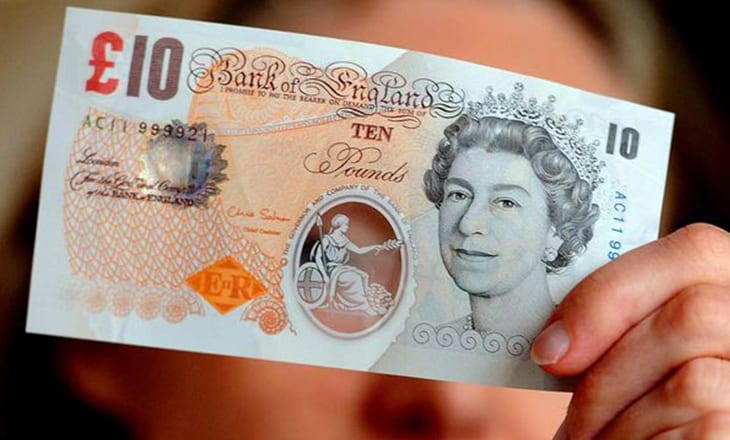ActivTrades’ Senior Analyst Ricardo Evangelista has prepared for LeapRate his market analysis on Brexit. See details below:
Market Analysis on Brexit
Almost three and a half years have passed since the 23rd June 2016 referendum that took most by surprise, revealing a majority supporting the separation of the UK from the European Union. Since then, surprise has been replaced by frustration, as many have had enough and want to see a resolution. The prolonged uncertainty over the outcome of this process is damaging the economy and the cohesion of British society, which has become increasingly polarised over the issue. Firms and individuals have investment plans on hold, the government is too consumed by Brexit to focus on other areas and the Bank of England has been unable to carry out a cycle of monetary tightening. This has been bad news for sterling. At the time of writing in early November 2019, the pound has lost more than 10% from where it was on the 22rd June 2016, having sunk more than 17% at its most extreme.
In broad terms, since the referendum sterling has obeyed a simple rule: the smaller the scope of the change to the current relationship with the EU, the better for the pound. It is estimated that Boris Johnson’s deal will hit the UK’s coffers to the tune of approximately £130 billion, or 6.7% of GDP over the course of the next 15 years. As bad as that may sound, this is a less damaging option than leaving without a deal, which over the same period would reduce GDP by 9.3%. These figures result from a government impact study, drawn-up a year ago, that took into consideration a similar scenario to the one entailed by the deal currently on the table.
Since mid-October, when the possibility of a negotiated Brexit improved, the pound stabilized around the $1.28 level, where it currently sits. This reflects the reduced likelihood of no-deal but also a degree of uncertainty as the country prepares for a snap election in December. What then to expect from Sterling from here onwards? I will analyse four different potential scenarios:
- According to most election polls, the likeliest outcome is victory for the Conservative Party, with enough support in Parliament to ensure the current deal with the EU is rectified and Brexit happens on the 31st January 2020. It is still not clear how long the subsequent transition period will last for; some in Europe mentioned 2022 as a realistic date, allowing enough time for a post-Brexit trade deal to be put in place. Boris Johnson already said that December 2020 will mark the end of the transition; however, he has changed his mind in the past (or been forced to).
- But election polls failed to predict the result of several recent votes. So another potential scenario would be a hung parliament; essentially a continuation of what we’ve had so far. It’s anyone’s guess what outcome such a scenario would deliver. All options would be back on the table. Both these first two scenarios, which fall in between the two more extreme ones that follow, would keep Sterling within the current range of $1.20 to $1.30.
- Another possibility is a post-election parliament with a majority of MP’s opposing Brexit or advocating for a closer future relationship with the EU. Potentially this scenario would likely cause a new and longer extension and could lead to a new referendum or a Norway style agreement. This outcome would be very positive for the pound with a target price in the region of $1.40.
- It is of course also possible for a majority of MPs who favour a hard Brexit to be sitting in Westminster. This would penalise Sterling and it would be realistic to expect it to fall to $1.10 or even lower in the immediate aftermath.
With the potential for such extreme changes to the British political landscape ahead, the current relative stability of sterling may be the calm before the storm with more volatile times on the horizon.
